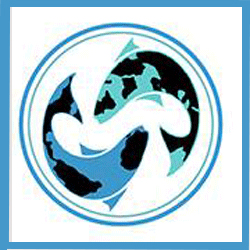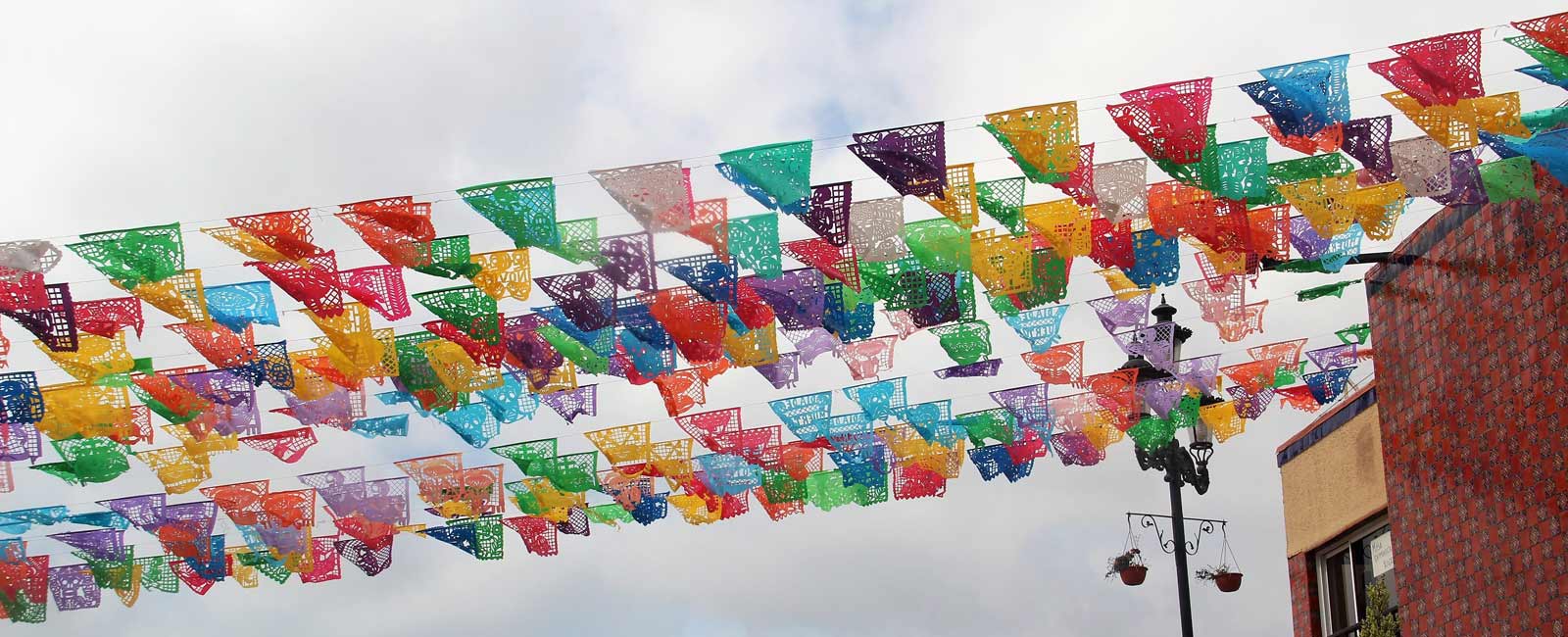
Wednesday, October 16, 2013
In Rwanda, Studio Space as Catalyst
SPECIAL REPORT: THE ART OF COLLECTING
KIGALI, Rwanda — Born in Burundi and raised in Rwanda, the artist Bruce Niyonkuru has never traveled outside East Africa, but he believes his works have universal appeal.
KIGALI, Rwanda — Born in Burundi and raised in Rwanda, the artist Bruce Niyonkuru has never traveled outside East Africa, but he believes his works have universal appeal.
The artist’s recent piece, “Young Talented Artists’ Dilemma” (2013) is a colorful painting depicting the faces — some fat, some thin, one crying and from a variety of angles — of artists he has known over the years. It is a work that he hopes communicates the daily struggles that artists in Rwanda face.
“When I started painting, I did not have money to even buy materials, and I did not know of any place to help me grow my talent,” said Mr. Niyonkuru, 21. “In Rwanda, society does not see being an artist as a profession. Most people think I am jobless and I am just painting for fun.”
Two years ago Mr. Niyonkuru joined Ivuka Arts Kigali, an arts center that opened in 2007 and has been integral to the growth of the Rwandan contemporary art scene. Not only has he had the chance to develop his artistic practice, he was also featured in a group show last year at Charlie Dutton Gallery in London. The show, titled “Rwanda,” presented eight artists who have worked out of Ivuka Arts, which functions as an outdoor studio space and gallery and offers workshops for young artists.
Ivuka’s founder, the artist Collin Sekajugo, who was born in Uganda and raised in Kenya, has also made community activism a cornerstone of the center, setting up Saturday art classes at three orphanages in Kigali and creating a dance troupe for disadvantaged children called RwaMakondera.
Several artists who started out at Ivuka have gone on to set up galleries and art centers in Kigali of their own — including the Inema Arts Center, Bwiza Arts Kigali and Uburanga Arts — which were all modeled on Ivuka’s pioneering structure.
“Rwanda is a place that has a huge stigma to overcome,” said Emmanuel Etim, a Washington-based filmmaker who has been working with Rwandan film students on documentaries about the creative sector in the country.
“People within the country are hungry for progress, and to me Ivuka is a symbol that you can do something that does not have to be so orthodox,” he added. “It serves as a place where people really feel that freedom to express.”
The 1994 genocide devastated Rwanda — as many as one million people are estimated to have been killed in 100 days — and the war debilitated the country’s social structure, its schools and its economy. Things in the cultural sphere, including contemporary art that even before the war had been practically nonexistent, were not picked back up again for a long time, while the country tried to heal.
“People know Rwanda is a place with a horrible history,” said Emmanuel Nkuranga, an Ivuka alumnus who founded Inema last year with his brother, Innocent Nkurunziza. “But when kids do good art, it is showing there is a hope and an energy now. We are trying to engage kids in thinking about seeing their country as a place to be proud of.”
Even though there is some arts education in primary and secondary schools, there are still no higher education art schools in the country, meaning that many artists have either had to study abroad or are self-taught. Though The National Art Gallery in Nyanza has focused on exhibiting contemporary art from east Africa, there are no Rwandan-educated professional curators and gallery owners in the country.
Ivuka was the first space to try to work on these fronts. “Art history did not really make any progress,” said Lia Gieling, a Dutch curator who has helped rebrand The National Art Gallery, which used to be the Rwesero Art Museum. “I do not mean that negatively, but Rwanda was so captured in its own traditions, captured between the hills, so the country was not open to the world.”
Mr. Sekajugo has set out to change that. Describing himself as a self-educated artist, he first arrived in Rwanda in 2001 to explore his mother’s family roots. Over the next several years he met many young artists who had raw talent, but no space to work and no place to hone their art skills.
“When I came here, I fell in love with Rwandan culture, but I saw nothing in terms of art here,” Mr. Sekajugo said at Ivuka, which in the Kinyarwanda language means “to be born.” “My dream was to create a space that could bring together all these struggling, surviving, hard-working groups of people, and to use art as a life-changing tool.”
By 2007, he had saved enough money to open Ivuka, which requires no money or specific qualifications to join, and began attracting people from across Kigali.
“I don’t have to bite my tongue to say that we created the art scene here,” said Mr. Sekajugo, who has since set up a similar program called Weaver Bird Arts Community in Masaka, Uganda. “There have been challenges,” he acknowledged, referring to the need to travel back and forth to Uganda to buy supplies. “And I am trying to drag them into different forms of artistic expression, doing more sculpture work and photography.”
Dozens of artists — both local and visiting — have since passed through Ivuka. In addition to the London show, they have been featured in exhibitions in Edinburgh and at Columbia University’s Institute of African Studies in New York. In September, a number of artists from Ivuka and other local art centers participated in an exhibition organized by the U.S. Embassy in Kigali of artwork inspired by Martin Luther King Jr.’s “I Have a Dream” speech.
Over the years, Ivuka has not only developed the mentoring programs with local orphanages, providing the materials to paint as well as technical instruction, it now also runs a jewelry-making co-operative for disadvantaged women that was started by Mr. Nkurunziza.
“It is a cultural center for Kigali,” said Kate Saffin, who curated the London and Edinburgh shows last year. “It’s not like New York or London, where you have these industrial warehouses where no one knows there are artists round the back of the place. They paint outdoors, the neighborhood knows about it, people are always poking their heads in to see what is going on.”
While Ivuka has a grittiness to its location — with crumbling steep steps and an overflowing gallery with paintings stacked up on the floor — Inema has a more slick and professional feel. It offers a specific space for the Nziza jewelry co-operative and also has a small shop selling the works of the women.
But there, too, people work with local orphanages and with families that are led by older children, under programs called Art With a Mission. The McGuffey Art Center in Charlottesville, Virginia, is currently showing an exhibition of works from Inema-based artists and pieces done by the children involved in those programs.
“I see Collin more as a mentor now, rather than just an artist, someone who is innovative in art and pushing others,” Mr. Etim, the filmmaker, said of the Ivuka founder. “The fact that there are other groups and centers similar to Ivuka shows me that his mentoring has helped spread that hope.”
By GINANNE BROWNELL
Published: October 16, 2013
Arts and Culture,Education Travel,education travel programs,education travel tours,Educational travel programs,Global Community,Global Education,Peace Works Travel
